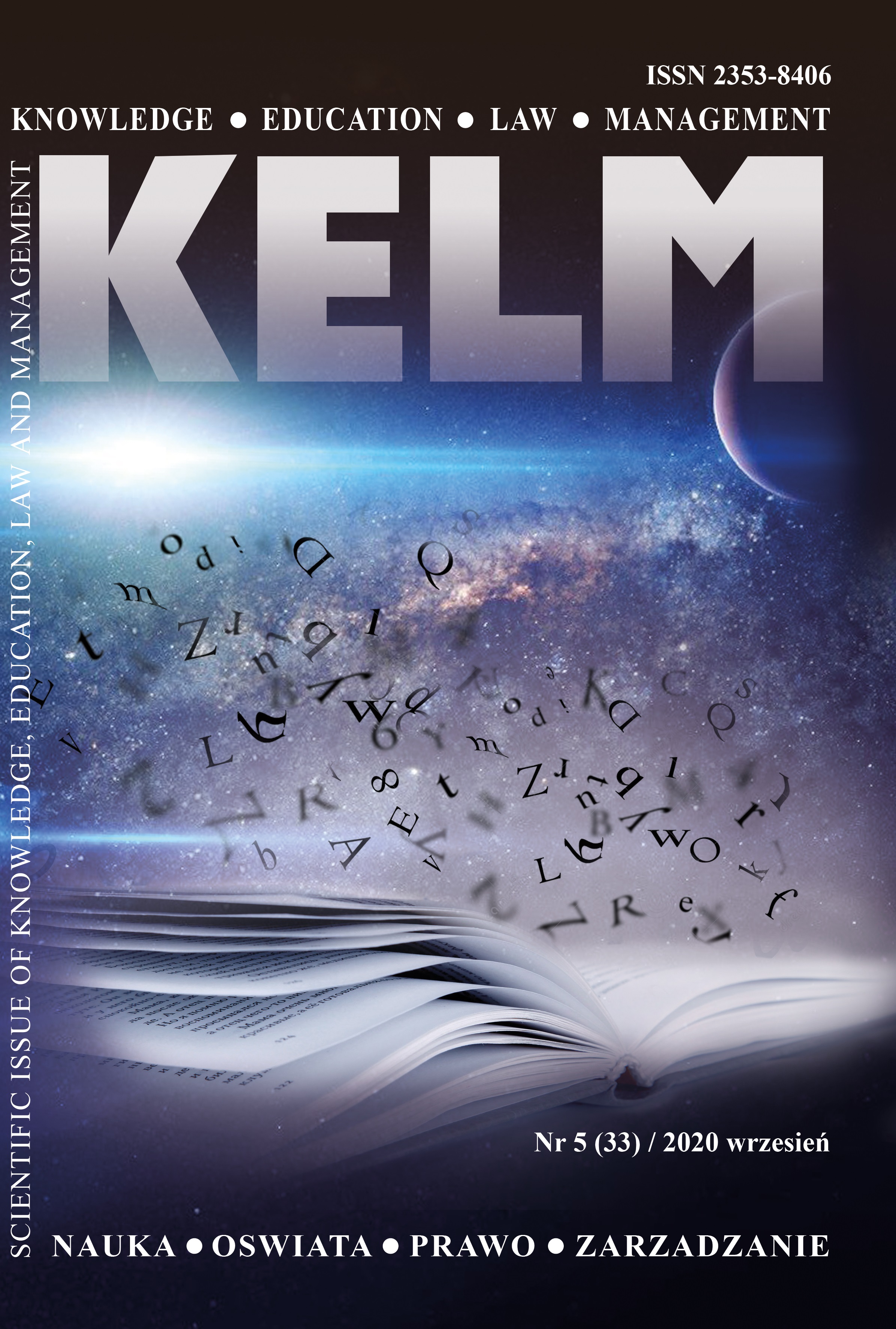Anotation. The article is devoted to streamlining the content of the educational marathon-workshop on the formation of artistic and practical competence of students. The marathon was chosen as the form of the school event, because it is a short-term multidisciplinary intensive, when children are immersed in the study of the material. Selected topics from the field of education, art, design, economics, management, coaching are divided into blocks, in accordance with the four main modules and built into the structure of the marathon-workshop. The flexible model of educational intensive presented in the publication represents the dependence of the obtained results on the form of realization of tasks to achieve the set goal. The stages of the program consist of objects examples of designing and technologies that can be replaced the same in complexity, but aimed at the interest of younger adolescents in subject-transformational activities, deepening knowledge, training skills, forming a stable habit of regular creative activity. Thanks to the systematic implementation of tasks, the transition of creative thinking into a state of flow, increasing motivation to learn, the level of confidence in their abilities and the value of the results is predicted.
Keywords: The article is devoted to streamlining the content of the educational marathon-workshop on the formation of artistic and practical competence of students. The marathon was chosen as the form of the school event, because it is a short-term multidisciplinary intensive, when children are immersed in the study of the material. Selected topics from the field of education, art, design, economics, management, coaching are divided into blocks, in accordance with the four main modules and built into the structure of the marathon-workshop. The flexible model of educational intensive presented in the publication represents the dependence of the obtained results on the form of realization of tasks to achieve the set goal. The stages of the program consist of objects examples of designing and technologies that can be replaced the same in complexity, but aimed at the interest of younger adolescents in subject-transformational activities, deepening knowledge, training skills, forming a stable habit of regular creative activity. Thanks to the systematic implementation of tasks, the transition of creative thinking into a state of flow, increasing motivation to learn, the level of confidence in their abilities and the value of the results is predicted.
THE PEDAGOGICAL PLANNING OF THE EDUCATIONAL MARATHONE-WORKSHOP CONTENT FROM THE FORMATION STUDENT’S ART AND PRACTICAL COMPETENCE
Olha Maievska
Postgraduate Student at the Department of Theory and Methods of Technological Education of the Faculty of Technology and DesignPoltava V.G. Korolenko National Pedagogical University (Poltava, Ukraine)
ORCID ID: 0000-0002-7444-2923
